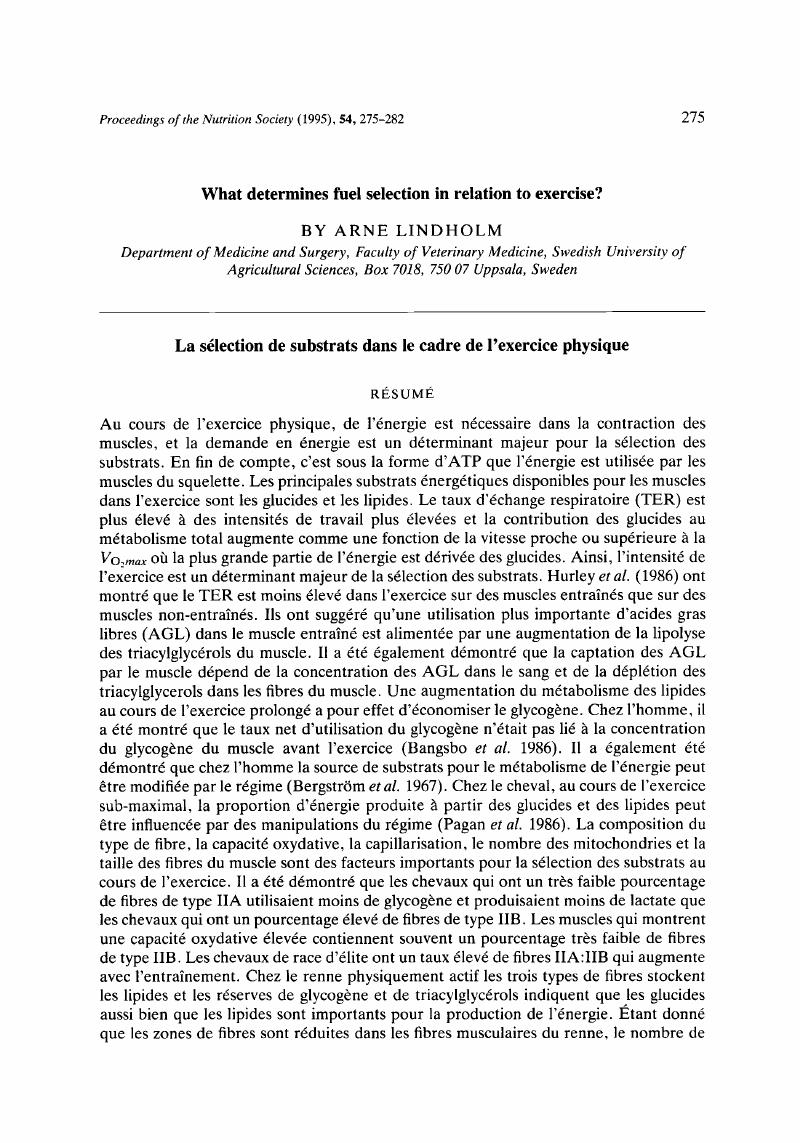Crossref Citations
This article has been cited by the following publications. This list is generated based on data provided by Crossref.
SUZUKI, YOSHIO
SHIMIZU, TOMOMI
OTA, MAKOTO
HIRATA, RYUZO
SATO, KENJI
TAMURA, YOSHIFUMI
IMANISHI, AKIO
WATANABE, MASAYUKI
and
SAKURABA, KEISHOKU
2015.
Different training status may alter the continuous blood glucose kinetics in self-paced endurance running.
Experimental and Therapeutic Medicine,
Vol. 10,
Issue. 3,
p.
978.





